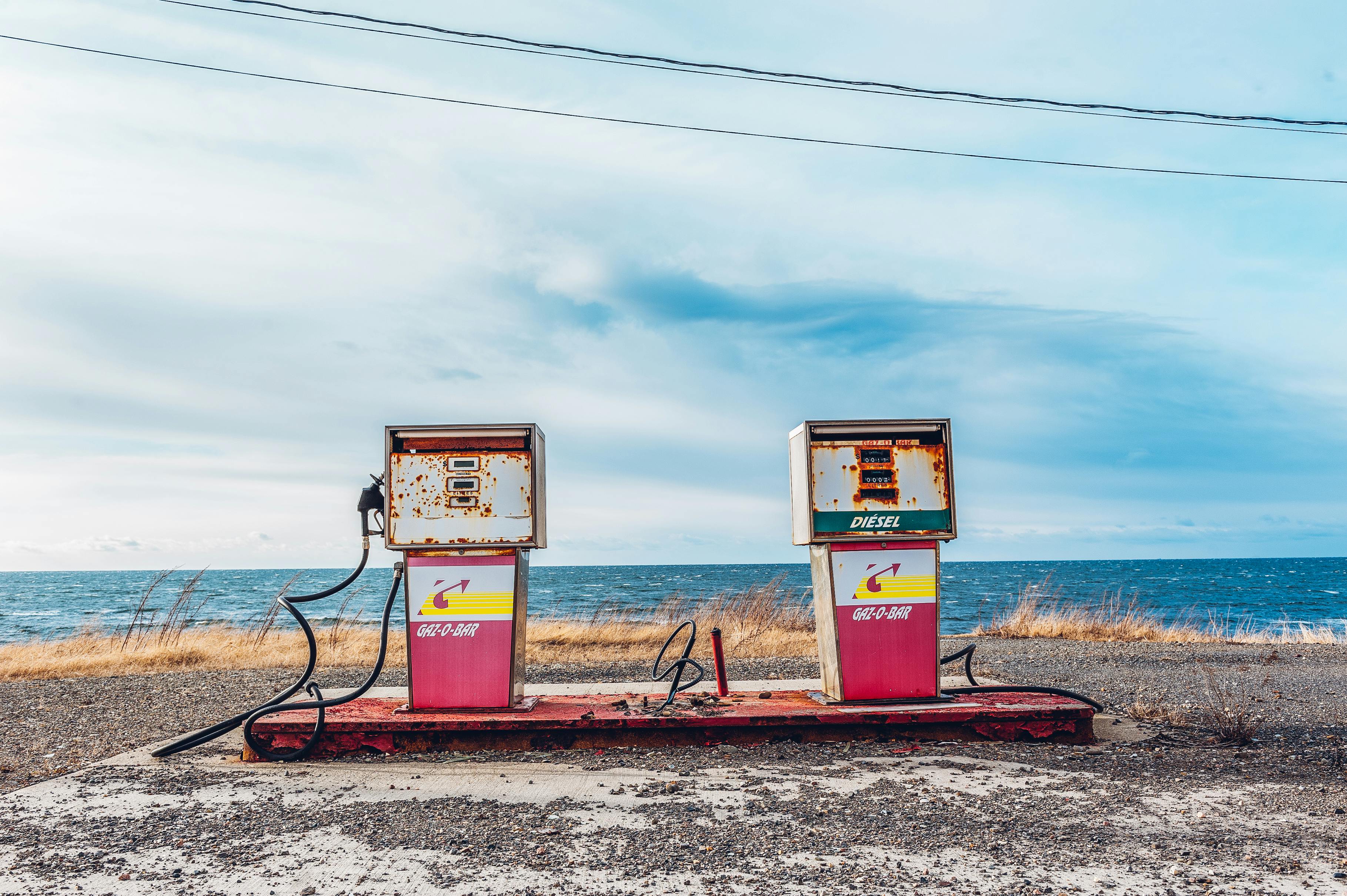When replacing a water pump, it’s important to consider replacing other components as well. A water pump is an essential part of any engine, and if it fails, it can cause major damage to the engine. Therefore, it’s important to make sure that when you replace your water pump, you also replace any other parts that might be affected by its failure. This article will discuss some of the things you should consider when replacing a water pump in your engine.When replacing a water pump, it is important to replace the gasket as well. The gasket seals the water pump to the engine block and prevents coolant from leaking out. If the gasket is not replaced, it can cause coolant to leak and the water pump may not function properly.
Replacing the Coolant Hose
Replacing the coolant hose when replacing a water pump is essential for keeping your car running smoothly and efficiently. The coolant hose is responsible for carrying the coolant, or antifreeze, through your engine’s cooling system. If the hose becomes damaged, it can cause a variety of problems within your engine. These issues can range from overheating to leaking coolant, both of which can have serious consequences if left unchecked. Replacing the hose ensures that your vehicle runs at peak performance and prevents any further damage from occurring.
When replacing a water pump, it’s important to also replace the associated coolant hoses as well. This is because over time, these hoses tend to become brittle and cracked due to exposure to heat and wear and tear. If these hoses are not replaced, they could potentially burst or leak, leading to costly repairs and damage to your engine. Additionally, it’s important to make sure that the new hoses are compatible with your vehicle’s cooling system as well as its water pump in order to ensure optimal performance and efficiency.
Replacing your coolant hoses when replacing a water pump is an important step in keeping your vehicle functioning properly and avoiding costly repairs later down the line. It’s best to use high-quality hoses specifically designed for your model of car in order to ensure that they last and provide optimal performance. Additionally, if you’re unable or uncomfortable performing this task yourself, it’s best to take your car into an auto repair shop for professionals to handle the job quickly and safely.
Replacing a Water Pump
When replacing a water pump, it is important to also replace the timing belt. The timing belt is an important component of a modern engine, as it helps to synchronize the movement of the crankshaft and camshaft in order to ensure that the valves open and close at the correct times. A worn or damaged timing belt can cause severe engine damage, so it is essential that it be replaced when replacing a water pump. The process for doing this can vary depending on the make and model of vehicle, so it is important to consult with a qualified mechanic if you are unsure of how to proceed.
The first step in replacing a water pump and timing belt is to remove the old parts. This involves removing the fan belt, then taking off various bolts and components that hold the water pump in place. Once these parts have been removed, the old water pump can be taken out. After this has been done, the new water pump should be installed in its place and all components should be securely fastened.
The next step is to install the new timing belt. This involves threading it around all of the pulleys on the engine and making sure that it is securely fastened in place. It is important to note that some vehicles require specific tools for this part of the job, so again consulting with a qualified mechanic may be necessary if you are not sure how to proceed. Once everything has been put back together correctly, then all other components such as belts and hoses should also be checked for wear or damage before putting them back into place.
Finally, once everything has been put back together correctly, then it is time for testing and adjustments if necessary. This includes checking for any leaks or other problems with either component as well as ensuring that there are no loose belts or hoses that could cause issues down the line. Once everything checks out okay then it should be safe to start up your vehicle again.
Replacing a water pump and timing belt can seem like an intimidating task but if done properly it shouldn’t take too long or require too much effort on your part. Be sure to consult with a qualified mechanic before attempting any repairs yourself and always double-check your work before starting up your vehicle again!
When Replacing a Water Pump: Replace the Fan and Fan Clutch
Replacing a water pump is an essential part of regular maintenance for your vehicle. It is important to ensure that the fan and fan clutch are replaced along with the water pump. The fan and fan clutch help to draw cool air through the radiator, keeping the engine cool and running efficiently. When replacing a water pump, it is important to make sure that these components are also replaced as they can become damaged or worn over time. It is best to replace them at the same time as replacing the water pump as this will help ensure that your vehicle runs smoothly and efficiently.
In order to replace the fan and fan clutch, you will need to first remove them from the engine bay. This can be done by carefully disconnecting any wiring that may be connected to them and then gently lifting them out of their mounts. Once they have been removed, you will need to inspect them for wear or damage before attempting to replace them. If they appear damaged or worn, it is best to replace them with new parts as this will help ensure that your vehicle runs optimally.
Once you have inspected the fan and fan clutch, you should begin installing the new components into their mounts in the engine bay. Make sure that all wiring is properly reconnected before starting up your engine so that everything works correctly when running. After replacing these components, it is important to make sure that they are functioning properly by testing them out on a cold start-up of your engine. This will help ensure that your vehicle stays cool during operation and runs more efficiently overall.
Inspect the Radiator and Heater Core
When replacing a water pump, it is important to inspect the radiator and heater core. This will ensure that no damage has been done to these components during the replacement process. A thorough inspection should include checking for any signs of corrosion, leaks, or blockages. It is also important to check for any signs of wear and tear that may have occurred over time. If any issues are found during the inspection, they should be addressed before proceeding with the replacement of the water pump. Additionally, all seals should be checked for proper fitment and replaced if necessary.
Additionally, it is important to check all hoses for any signs of wear or damage. Any hoses that appear cracked or brittle should be replaced as soon as possible. All clamps should also be inspected and tightened if needed. Finally, make sure to flush out the cooling system before installing the new water pump in order to avoid any future problems with circulation or overheating.

Check for Leaks and/or Blockage
When replacing a water pump, it is important to check for any potential leaks or blockages in the system. This can be done by visually inspecting the pump and its components for any signs of wear or damage. If any signs of wear or damage are found, then it is important to replace the pump with a new one. It is also important to check the hoses and piping that connect to the pump for any cracks, kinks, obstructions or other signs of damage. If any of these problems are found, they should be repaired before installing the new water pump. Additionally, it is important to ensure that all connections between components are secure and not leaking.
After all potential issues have been addressed, the next step is to install the new water pump. This should be done according to manufacturer instructions, as each type of pump may require different installation procedures. After installation, all connections should be tightened and checked for leaks again before running the system. Finally, after running the system it is important to inspect all components for leakage or blockage and address any issues as soon as possible.
Clean Out Radiator System
When replacing a water pump, it is important to clean out the radiator system before installation. This helps to ensure that all debris and contaminants are removed from the system so they do not cause damage or clog the new pump. Start by draining the coolant and flushing the radiator. This can be done with a garden hose or a special flushing kit. If there is any rust, scale, or other debris in the system, it is best to use a chemical flush product to thoroughly clean out the radiator. Once all of the debris has been removed from the system, refill with fresh coolant and check for leaks.
It is also important to inspect all hoses and fittings for signs of wear or damage. Replace any hoses that appear to be damaged or worn before installing the new water pump. After all of these steps have been completed, you can now install your new water pump and have peace of mind knowing that your cooling system is properly maintained and ready for use.
Flush Coolant System Thoroughly
When replacing a water pump, it is important to flush the coolant system thoroughly. This ensures that any debris or contaminants that have built up in the system over time are removed. Doing so will prevent any issues from arising in the future and ensure that your vehicle runs smoothly and efficiently. It is also important to check for any leaks or blockages before beginning the replacement process. If any of these are present, they should be addressed before continuing with the repair. Once all of these steps have been taken, you can begin to replace the water pump.
To flush the coolant system, you will need to use a suitable coolant flushing solution and follow the instructions on its packaging. After flushing, it is important to check for any corrosion or deposits on the inside of the radiator and hoses. If there are any present, they should be removed before continuing with the replacement process. Additionally, you should also check for any signs of wear or damage to other components such as hoses and seals. Any that appear should be replaced before installation of the new water pump.

Conclusion
Replacing a water pump is a complex task, but it can be done with the right tools and knowledge. When replacing a water pump, it is important to consider what else should be replaced as well. This includes the drive belt, gasket, o-rings, coolant hoses, and any other components which may have been damaged in the process of removing the old water pump. It is also important to remember to properly bleed the system and ensure that all connections are secure before starting the engine. Taking all of these steps will help ensure that the new water pump is installed correctly and will work properly.
In conclusion, when replacing a water pump it is important to consider what else must be replaced as well. Following proper procedure for installation, such as bleeding the system and checking for secure connections, can help ensure that your car’s new water pump will work properly for years to come.

